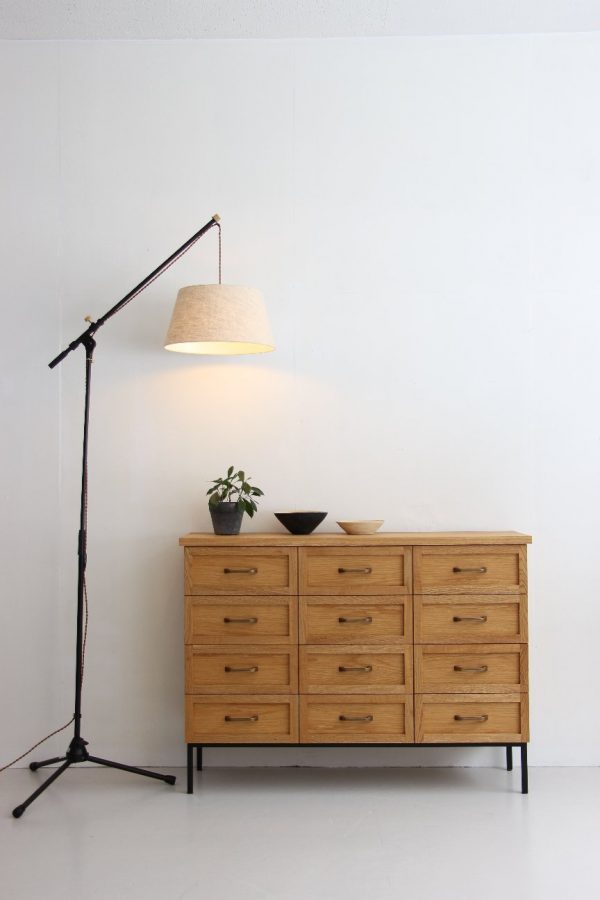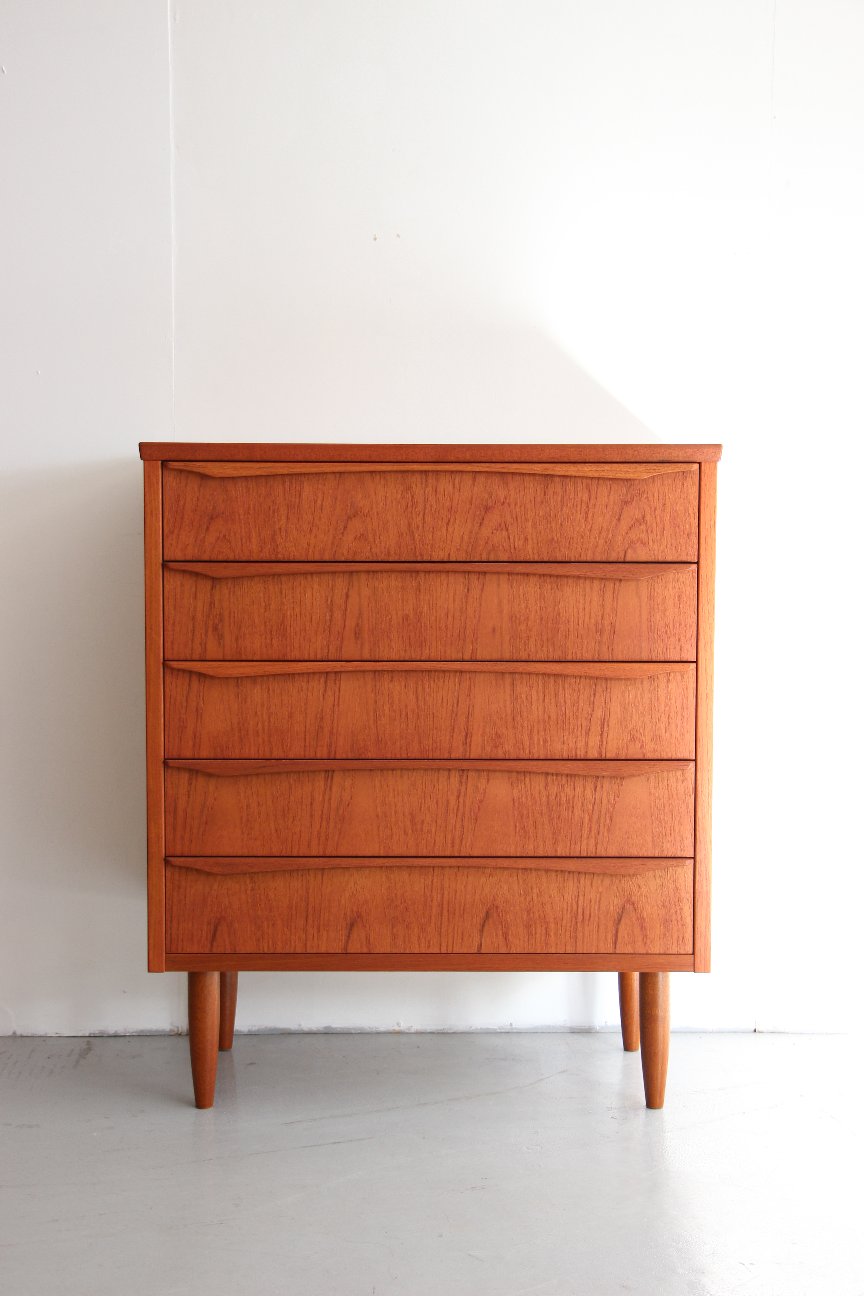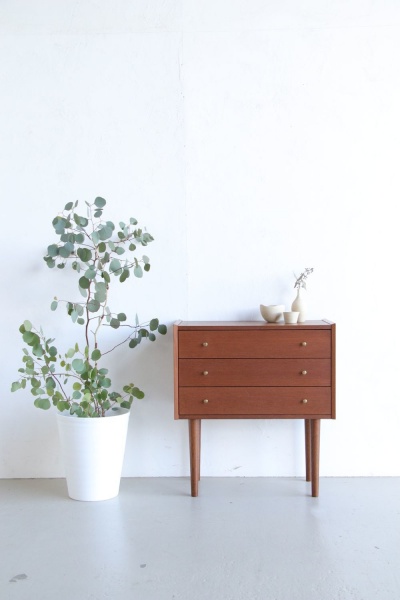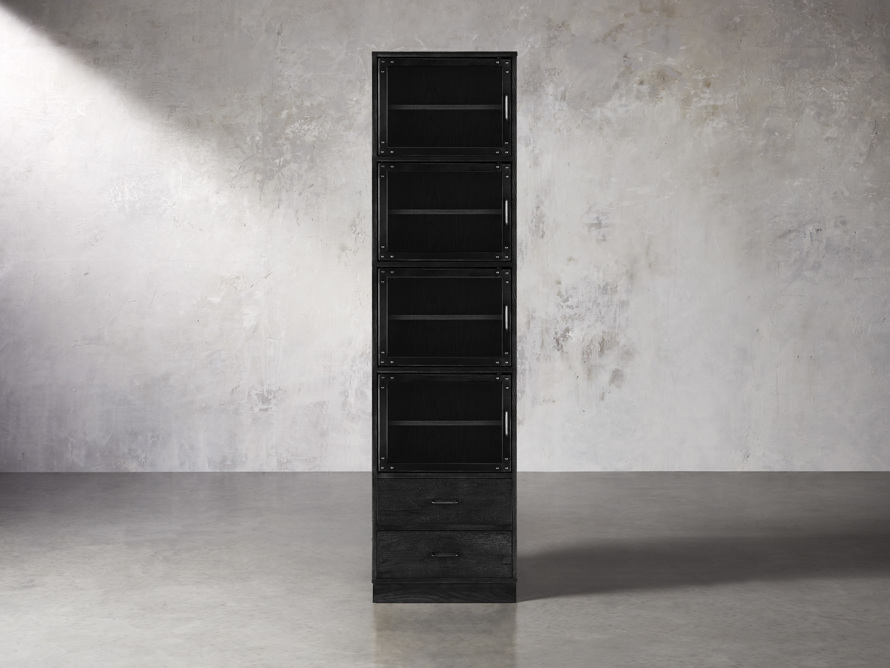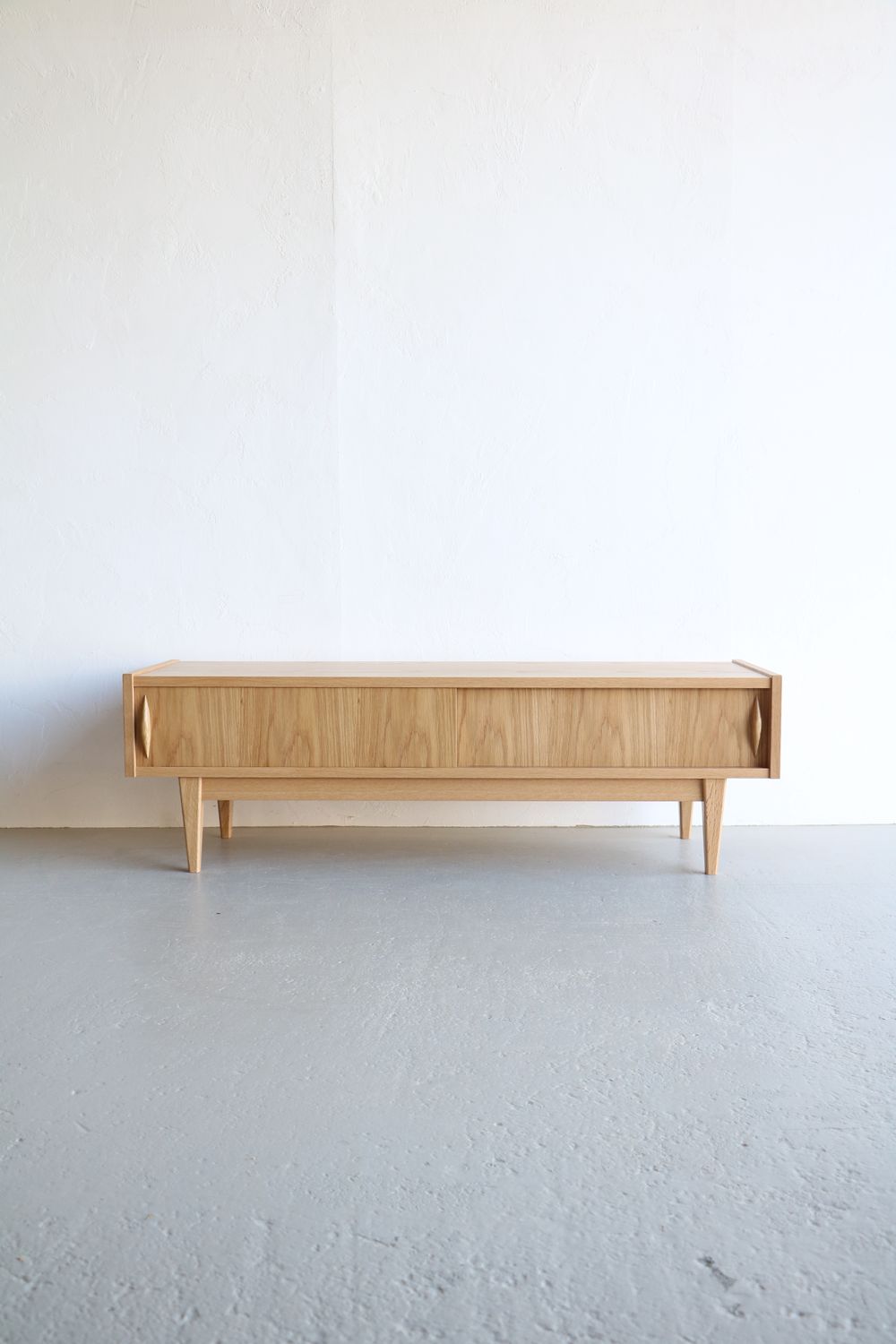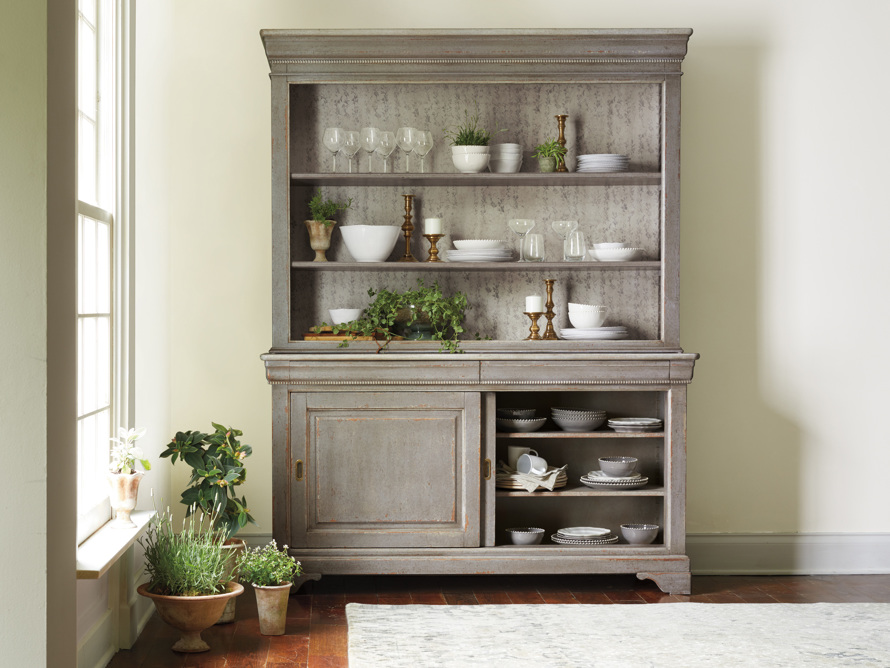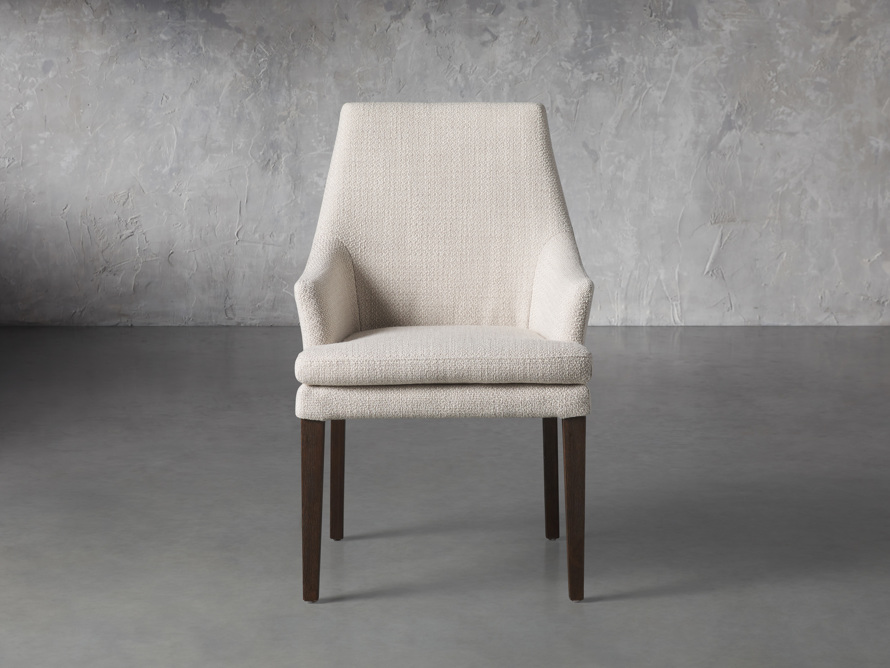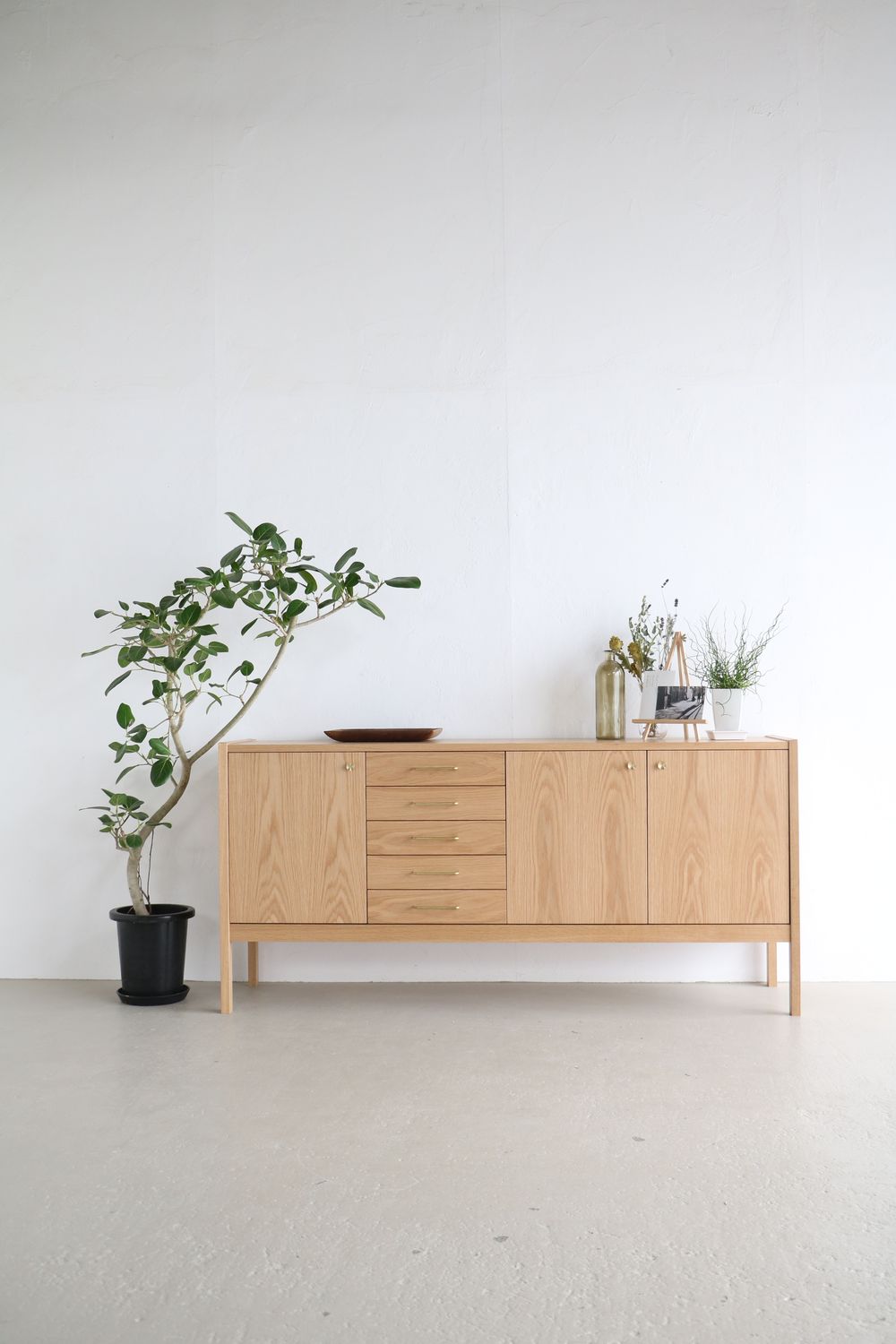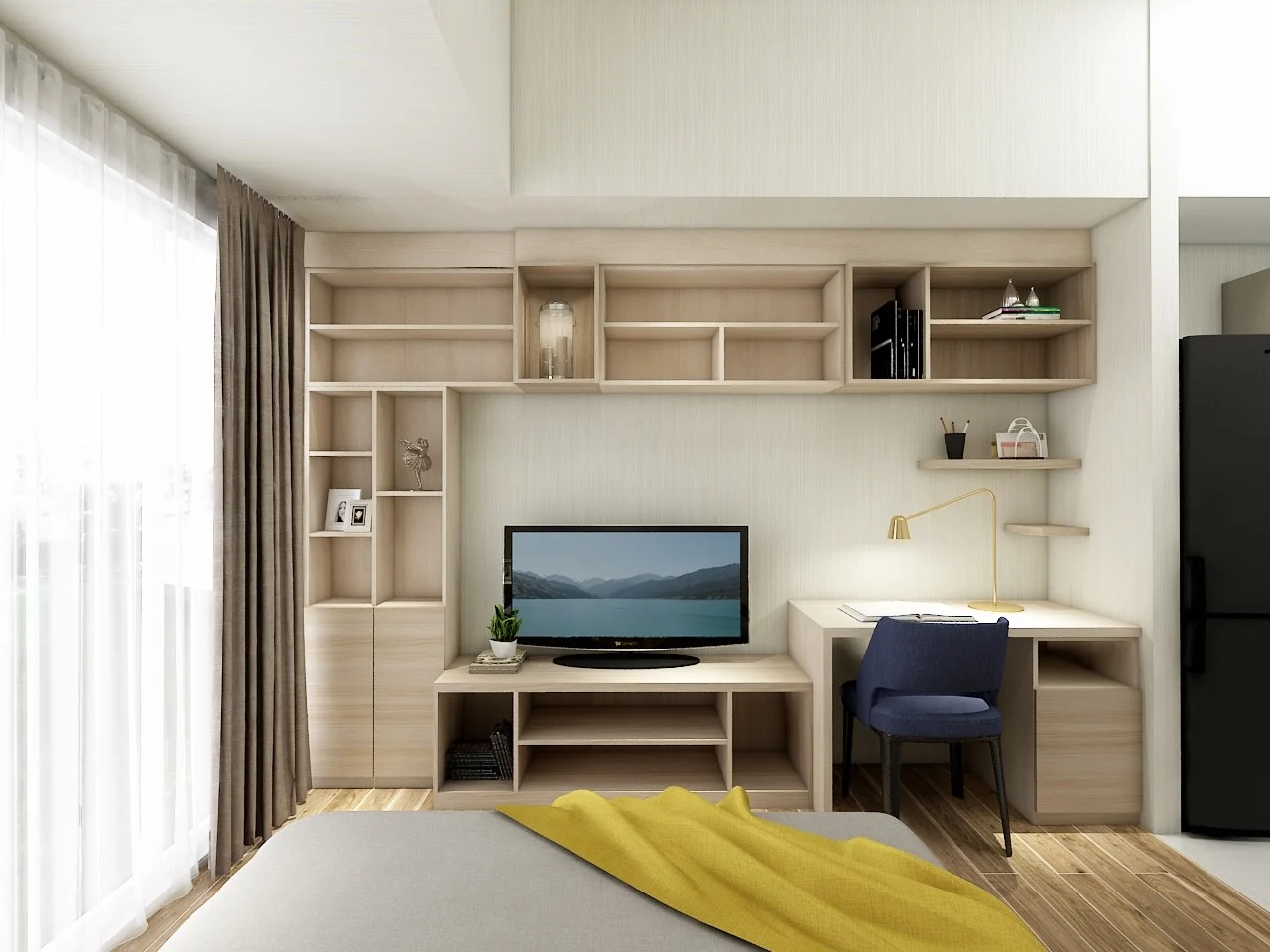In today’s world, where individuality and personalization are highly valued, custom furniture has become an increasingly popular choice for homeowners and businesses alike. Unlike mass-produced furniture, custom pieces offer a unique blend of style, functionality, and craftsmanship tailored specifically to your needs and preferences. This comprehensive guide explores the many facets of custom furniture, from its benefits and the process of commissioning pieces, to tips on finding the right artisans and ensuring your custom furniture stands the test of time.
## Why Choose Custom Furniture?
### Unique and Personalized Design
One of the primary reasons people opt for custom furniture is the ability to create pieces that are uniquely theirs. When you commission custom furniture, you have the opportunity to work closely with designers and artisans to bring your vision to life. Whether it’s a sofa that fits perfectly in your living room, a dining table that accommodates your large family, or a one-of-a-kind bookshelf, custom furniture allows you to express your style and personality in a way that mass-produced items cannot.
### Superior Quality and Craftsmanship
Custom furniture is often synonymous with high quality and exceptional craftsmanship. Artisans take pride in their work, paying close attention to every detail and using the best materials available. This dedication to quality means that custom pieces are typically more durable and long-lasting than their mass-produced counterparts. Investing in custom furniture means investing in pieces that will serve you well for many years to come.
### Perfect Fit for Your Space
Another significant advantage of custom furniture is its ability to fit perfectly into your space. Whether you have a uniquely shaped room, specific dimensions to adhere to, or a particular design aesthetic in mind, custom furniture can be tailored to meet your exact requirements. This level of customization is particularly beneficial for those living in small apartments or homes with unconventional layouts where standard furniture simply doesn’t work.
### Environmental Benefits
Opting for custom furniture can also have environmental benefits. Many artisans and custom furniture makers prioritize sustainable practices, using locally sourced and reclaimed materials, and employing environmentally friendly manufacturing processes. By choosing custom furniture, you’re not only getting a unique piece but also supporting sustainable practices and reducing your environmental footprint.
Where to Shop for custom furniture ? Murukaka.com
## The Process of Commissioning Custom Furniture
### Step 1: Define Your Vision
The first step in commissioning custom furniture is to clearly define your vision. Consider the function of the piece, the style you prefer, and the space it will occupy. Gather inspiration from design magazines, websites, and social media platforms like Pinterest and Instagram. Create a mood board or collection of images that represent the look and feel you want to achieve. This will help you communicate your ideas effectively to the designer or artisan.
### Step 2: Find the Right Designer or Artisan
Finding the right designer or artisan is crucial to the success of your custom furniture project. Look for professionals with a strong portfolio and positive reviews from previous clients. You can start by searching online, asking for recommendations from friends and family, or visiting local furniture showrooms and galleries. Meet with potential designers or artisans to discuss your project, assess their expertise, and determine if they’re the right fit for your needs.
### Step 3: Collaborate on the Design
Once you’ve selected a designer or artisan, the next step is to collaborate on the design. This process typically involves discussing your ideas, reviewing sketches or digital renderings, and making adjustments based on your feedback. A good designer will listen to your input, offer creative suggestions, and ensure that the final design aligns with your vision. Be open to their expertise and insights, as they can help you achieve a more refined and functional design.
### Step 4: Choose Materials and Finishes
The choice of materials and finishes is a crucial aspect of custom furniture. Your designer or artisan will guide you through the options, which may include various types of wood, metal, glass, fabric, and finishes like stains, paints, and varnishes. Consider the durability, maintenance requirements, and aesthetic appeal of each material. High-quality materials will not only enhance the beauty of your furniture but also ensure its longevity.
### Step 5: Review the Final Design and Quote
Before production begins, review the final design and quote to ensure everything is as expected. This is your last chance to make any changes or address any concerns. Confirm the dimensions, materials, finishes, and any special features or details. Once you’re satisfied with the design and the quote, you’ll typically need to provide a deposit to secure the order.
### Step 6: Production and Delivery
The production process can take several weeks to several months, depending on the complexity of the piece and the workload of the artisan. During this time, maintain regular communication with your designer or artisan to stay updated on the progress. Once the piece is completed, it will be delivered and installed in your space. Make sure to inspect the furniture upon delivery to ensure it meets your expectations.
## Tips for Ensuring Your Custom Furniture is a Success
### Communicate Clearly
Clear communication is key to a successful custom furniture project. Make sure to articulate your ideas, preferences, and any concerns you may have throughout the process. Provide detailed feedback on sketches and prototypes, and don’t hesitate to ask questions. Effective communication will help ensure that the final piece meets your vision and expectations.
### Be Open to Suggestions
While it’s important to have a clear vision, it’s also essential to be open to suggestions from your designer or artisan. They have the expertise and experience to offer valuable insights and recommendations that can enhance the design and functionality of your custom furniture. Be willing to consider their suggestions and collaborate to achieve the best possible result.
### Consider the Future
When designing custom furniture, think about how it will fit into your life in the long term. Consider future needs and how the piece may be used or repurposed over time. Opt for timeless designs and durable materials that will stand the test of time, both in terms of style and functionality. This approach will ensure that your investment in custom furniture continues to bring value and enjoyment for many years.
### Prioritize Quality
Quality should be a top priority when commissioning custom furniture. Invest in high-quality materials and craftsmanship to ensure that your piece is not only beautiful but also durable and long-lasting. While custom furniture may come with a higher price tag, the investment is worthwhile for the superior quality and longevity it offers.
### Plan for Maintenance
Custom furniture, like any other piece of furniture, requires proper maintenance to keep it looking its best. Discuss maintenance requirements with your designer or artisan and follow their recommendations. Regular cleaning, polishing, and periodic maintenance will help preserve the beauty and integrity of your custom furniture.
## Finding the Best Custom Furniture Artisans
### Research and Recommendations
Start by researching online and seeking recommendations from friends, family, and colleagues who have commissioned custom furniture. Look for artisans with a strong portfolio and positive reviews. Websites, social media platforms, and online directories can provide valuable information about local artisans and their work.
### Visit Showrooms and Workshops
Visiting showrooms and workshops can give you a better sense of an artisan’s style, craftsmanship, and attention to detail. It also provides an opportunity to see their work firsthand and discuss your project in person. Many artisans are happy to give tours of their workshops and explain their process, which can help you feel more confident in your choice.
### Evaluate Portfolios
Carefully review the portfolios of potential artisans to ensure their style and expertise align with your vision. Look for examples of previous work that are similar to what you’re looking for. Pay attention to the quality of craftsmanship, the use of materials, and the overall design aesthetic. A strong portfolio is a good indicator of an artisan’s capabilities and experience.
### Ask for References
Don’t hesitate to ask potential artisans for references from previous clients. Speaking with past clients can provide valuable insights into the artisan’s professionalism, communication, and ability to deliver on their promises. Positive references are a good sign that the artisan is reliable and capable of producing high-quality custom furniture.
## The Future of Custom Furniture
### Sustainable Practices
Sustainability is becoming increasingly important in the world of custom furniture. Many artisans and manufacturers are adopting sustainable practices, such as using reclaimed or responsibly sourced materials, minimizing waste, and employing environmentally friendly manufacturing processes. As consumers become more eco-conscious, the demand for sustainable custom furniture is expected to grow.
### Technological Advancements
Technological advancements are also shaping the future of custom furniture. Digital design tools, 3D printing, and CNC (computer numerical control) machining are allowing artisans to create more precise and intricate designs. Virtual reality (VR) and augmented reality (AR) tools are enhancing the customer experience, enabling clients to visualize custom pieces in their space before they are built.
### Personalization and Customization
The trend towards personalization and customization shows no signs of slowing down. As consumers continue to seek unique, tailor-made pieces that reflect their individual style and needs, the demand for custom furniture will remain strong. Artisans and designers will continue to innovate, offering new ways to personalize and customize furniture to meet the evolving preferences of their clients.
### Collaborative Design
Collaborative design, where clients and artisans work closely together to create custom pieces, is becoming more popular. This collaborative approach allows for greater creativity and ensures that the final piece meets the client’s vision and needs. As communication tools and technology improve, the process of collaborating on custom furniture design will become even more seamless and efficient.
## Conclusion
Custom furniture offers a unique and rewarding way to create pieces that are perfectly tailored to your style, needs, and space. From the initial design concept to the final product, the process of commissioning custom furniture allows for a high level of personalization and craftsmanship that mass-produced items simply cannot match. By following the steps outlined in this guide and working with skilled artisans and designers, you can create beautiful, high-quality custom furniture that will enhance your home and stand the test of time.
As the world of custom furniture continues to evolve, sustainability, technological advancements, and a focus on personalization will shape the industry’s future. Whether you’re furnishing a new home, redecorating an


